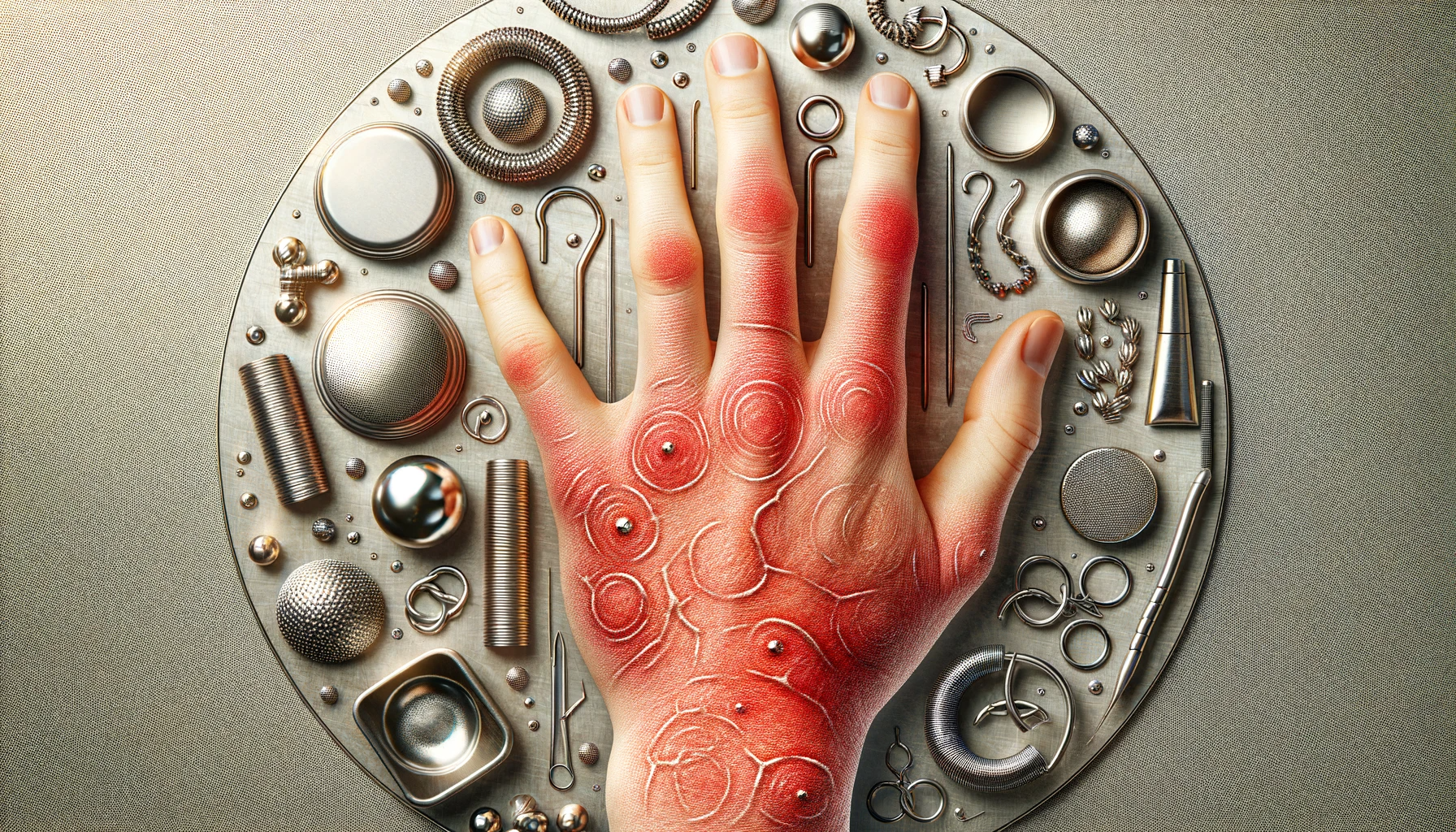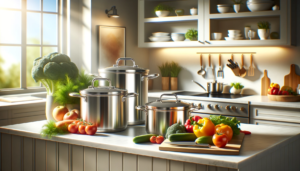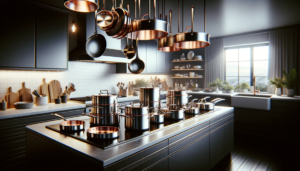Over 17 million Americans suffer from frustrating nickel allergies.
But is all stainless steel cookware off limits for them?
Stainless steel’s nickel content carries risks, but the grade of steel and cooking practices allow many nickel allergy sufferers to safely use it.
Let’s examine the relationship between stainless steel cookware and nickel allergies more closely.
Can People with Nickel Allergy Eat from Stainless Steel Cookware?
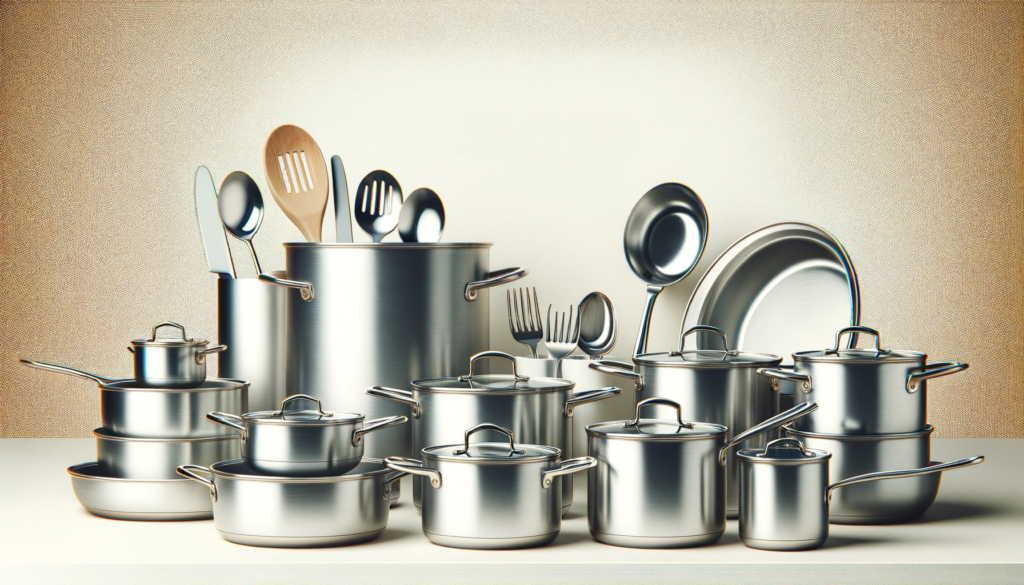
In conclusion, those with nickel allergies must weigh the risks when cooking with stainless steel, based on the grade of steel and severity of their allergy.
Consulting an allergist, patch testing cookware, and monitoring for reactions can help determine safety.
With care selecting nickel-free or high-quality steel cookware, as well as proper cooking methods, most nickel allergy sufferers can enjoy home cooked meals.
What is Nickel Allergy?
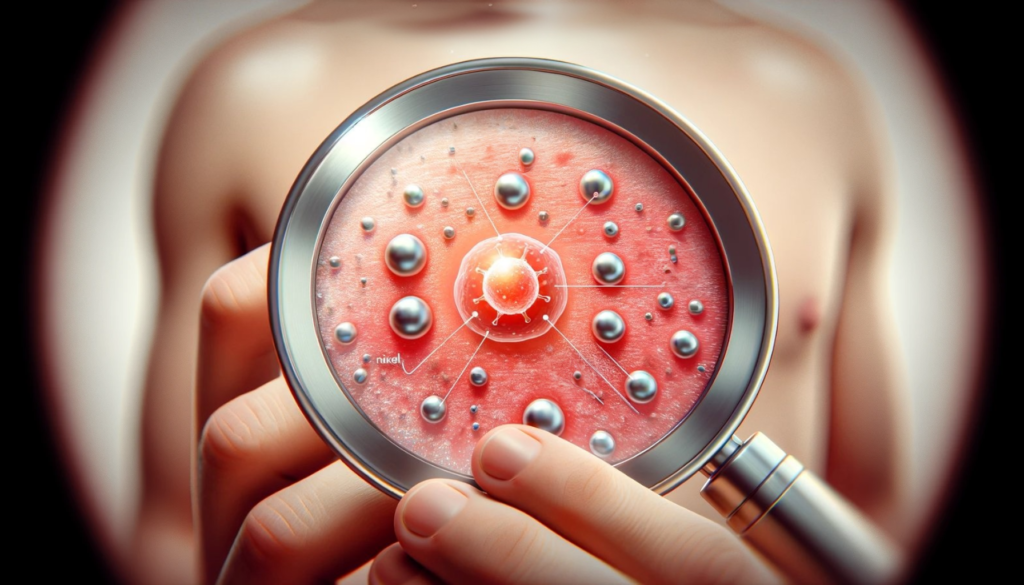
A nickel allergy is an adverse immune system reaction to contact with nickel or nickel-containing items.
When someone with a nickel allergy is exposed to nickel, their immune system sees it as a foreign invader and releases antibodies called immunoglobulin E (IgE).
These IgE antibodies then trigger the release of chemicals like histamine to attack the nickel.
This immune reaction causes skin inflammation, rashes, redness, and itching in those with nickel allergies.
In severe cases, it can also lead to digestive issues, headaches, fatigue and breathing issues.
Nickel exposure most commonly causes skin issues on the hands, feet and other body parts that directly touch nickel-containing items.
Nickel allergies develop from repeated or prolonged direct skin contact with items containing traces of nickel.
Some of the most common sources of nickel exposure include jewelry, watches, belts, buttons, zippers, eyeglass frames, cell phones, keys, coins and stainless steel items.
The amount of nickel that can trigger reactions is very small.
Stainless Steel and Nickel

Stainless steel is a blend of several metals, including iron, chromium, nickel, molybdenum, manganese and carbon.
The metals in stainless steel give it useful properties like strength, durability, stain resistance and corrosion resistance.
Nickel in particular helps make stainless steel resistant to corrosion and rust.
The exact stainless steel formulation varies by grade but almost all stainless steel contains at least trace amounts of nickel.
Some grades like 304 and 316 stainless steel can contain moderately high nickel – up to 8-14%.
Grades with less nickel tend to be less corrosion resistant.
So while very helpful for functionality, the nickel content means that some stainless steel poses risks for those with strong nickel allergies.
The concern is that nickel will leach out of stainless steel items and onto skin or food.
Grades of Stainless Steel

There are many complex grades of stainless steel but several common ones used for pots, pans and other cookware:
304 Stainless Steel
304 stainless steel is a very frequently used grade thanks to an excellent balance between durability and affordability.
It has a typical composition of 71% iron, 18% chromium and 8-10.5% nickel.
Quality 304 stainless steel cookware resists corrosion and pitting very well with its higher nickel content.
316 Stainless Steel
316 stainless is a premium grade with even more corrosion resistance.
It has 16-18% chromium, 10-14% nickel, 2-3% molybdenum and small amounts of other metals.
The additional molybdenum boosts overall durability.
Due to the cost, 316 stainless is more common for high-end cookware.
430 Stainless Steel
430 grade is an affordable alternative sometimes called “18/0” because it has 18% chromium and 0% nickel.
Without nickel, 430 stainless steel is lower quality – less durable and prone to corrosion with time.
However, its nickel-free composition makes it a good option for those with severe nickel allergies.
Other Nickel-Free Options
Some newer stainless steel grades also have no nickel at all.
Manufacturers are developing these for consumers with metal allergies.
However, these niche nickel-free stainless steels are hard to find and validity claims.
Safety of Stainless Steel for Nickel Allergy

The risks posed by stainless steel cookware depend on both the amount of nickel in the stainless steel as well as the quality of construction.
Quality stainless steel cookware, made with 304 and 316, allow very minimal leaching of metals from the cookware into food.
High-heat cooking methods like grilling or broiling have more leaching potential.
Poor quality stainless steel is more porous and corrodes faster, increasing nickel exposure.
For those with minor nickel allergies, high-quality 304 or 316 stainless steel is generally considered safe for cooking acidic, salty or liquid-based recipes.
Using adequate cooking oils and not letting food sit for awhile after cooking can further reduce risks.
However, people with strong or moderate nickel allergies could still react to the nickel in grades like 304 and 316 stainless steel.
430 grade or specialty nickel-free stainless steel is the safest stainless steel options for more severe nickel allergies.
Tips for Choosing Cookware
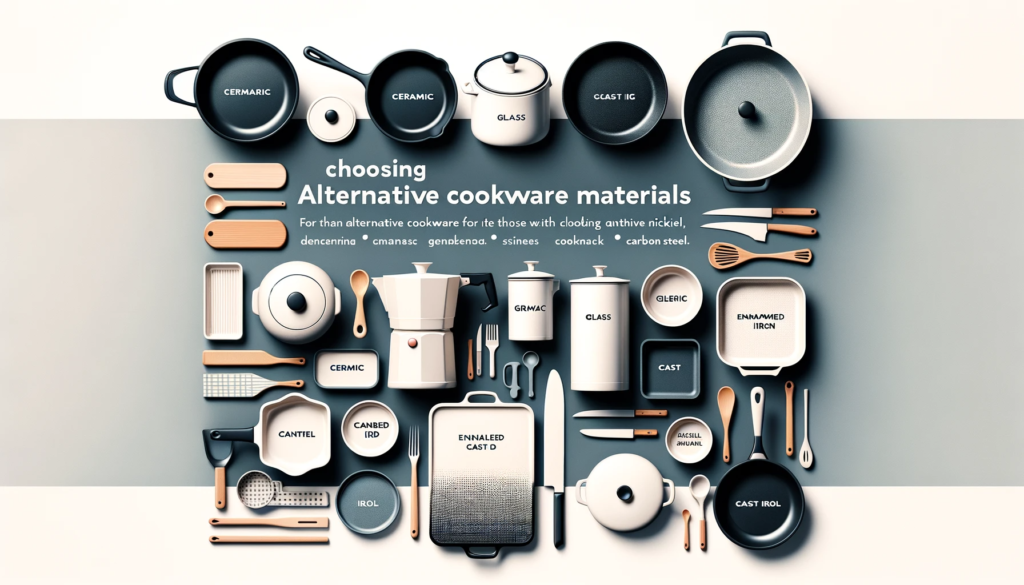
People with nickel allergies can take some precautions when selecting stainless steel cookware:
Opt for Low-Nickel Stainless Grades
Choosing low-nickel stainless steel grades like 430 gives less potential for nickel exposure.
Nickel-free stainless steel options are ideal but can be very hard to verify and source.
Ensure High-Quality Construction
Buy cookware from reputable brands that follow standards for nickel leaching.
Check if the item has certifications that limit allowable nickel release.
Avoid low-quality stainless steel from no-name brands.
Try Alternative Materials
Some great nickel-free alternatives to stainless steel include ceramic and glass cookware.
Enameled cast iron or carbon steel pans can also work well for many cooking applications.
Use Non-Reactive Cooking Methods
Techniques like steaming, braising, stewing, poaching and simmering are gentler and limit metal leaching from cookware.
Reactive high-heat methods like grilling and broiling draw out more metals.
Assessing Your Risk
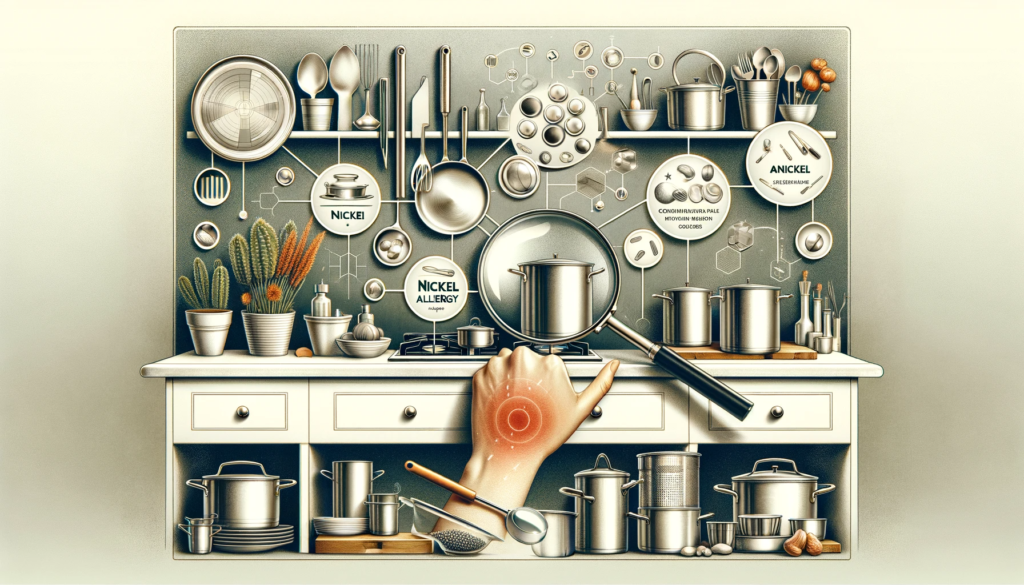
Those newly diagnosed with a nickel allergy or who suspect they have issues with nickel intake should:
Consult an Allergist
Talking to an allergist can help test for a true nickel allergy and determine its severity.
They may recommend special diets or precautions related to cookware usage.
Conduct a Patch Test
Deliberately exposing a small patch of skin to stainless steel cookware for 20 mins to see if any reaction occurs.
Use a high nickel grade like 304 or 316 to properly gauge your sensitivity.
Pay Attention While Cooking
Take note if any skin flushing, itching or discomfort occurs while handling or cooking with stainless steel pots and pans.
Even if cookware claims to be nickel-free, be wary of any odd reactions.
Conclusion
In summary, it’s important to choose high-quality stainless steel cookware suited to your nickel sensitivities and take care assessing personal tolerance.
With some informed precautions, most people with minor to moderate nickel allergies can safely use stainless steel cookware for preparing healthy, home-cooked meals.
Those with more severe cases may need to avoid stainless steel cookware containing nickel altogether to prevent adverse reactions.
Consulting an allergist helps make an informed decision on risks of nickel leaching from stainless steel pots and pans.
